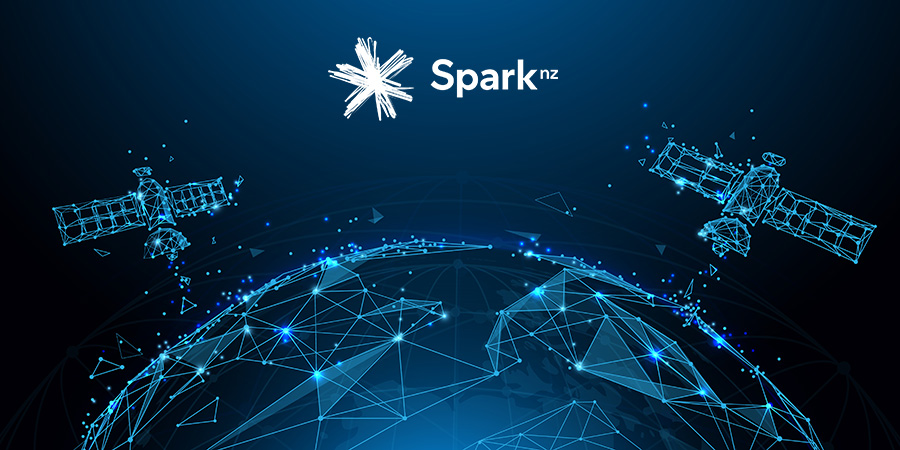Spark plans to build a nationwide network of satellite-connected cell towers after successfully sending its first satellite text message. This is to ensure that basic mobile connectivity will still be available during emergencies when fiber backhaul is inaccessible.
The company and its partner, Lynk, sent its first text message via satellite at 10:47 am last Friday. Spark engineers delivered the SMS from a standard cellphone in a mobile blackspot at Kawakawa Bay in Auckland via one of Lynk's satellites around 500 kilometers overhead, travelling at 27,000 kilometers per hour. Based on this achievement, Spark will start trials later this year with plans to expand next year.
Satellite-Connected Temporary Cell Tower Installation
Furthermore, Spark will install satellite-connected temporary cell towers in Northland, Auckland, Napier, Palmerston North, and Canterbury by the end of the year; which will be readily available to deploy if its mobile network suffers major fiber damage.
Spark Network and Operations Director, Renee Mateparae, said, “We want to leverage satellite technology to its fullest potential so that we can help our customers stay connected when they need it most. This means getting satellite connectivity accessible on mobile phones, while also looking at satellite backhaul solutions; which are becoming more widely available and help us connect cell towers back into the network when fiber is damaged.”
Increasing Satellite Connectivity Access and Investing in Resilience
The strategy involves looking into potential solutions for satellite backhaul and enabling mobile phone users to access satellite connectivity. Satellite backhaul is significant in providing emergency connectivity solutions by replacing impaired fiber and enabling fundamental services like texts and calls.
Citing the challenges encountered during Cyclone Gabrielle, Mateparae described how Spark implemented satellite backhaul in bringing its towers back online but confronted barriers to access the affected regions. In response to this concern, Spark is implementing temporary cell towers that are connected via satellite and are strategically placed to facilitate swift deployment, particularly in areas prone to natural calamities.
The preliminary stage involves the installation of five temporary cell towers that are connected via satellite prior to the summer holidays. The company’s goal is to implement a system that allows permanent cell towers to automatically switch to satellite backhaul in the event of an emergency, thereby guaranteeing uninterrupted connectivity.
“Spark makes an annual investment of more than NZD 100 million into resilience, and this remains a priority for our business. Our climate is changing, and so we’ve got to continue evolving our investments to ensure we are adapting to a more volatile environment. By leveraging evolving satellite technology, we can help keep our customers connected and get impacted cell towers back online more quickly,” noted Mataparae.
Spark's initiative to establish a nationwide network of satellite-connected cell towers, following the successful transmission of its first satellite text message, underscores the commitment to enhancing emergency communication resilience. By strategically deploying satellite connectivity, especially in areas where fiber backhaul may be inaccessible during emergencies, Spark aims to ensure the availability of basic mobile connectivity. This forward-looking approach addresses the critical need for reliable communication during emergencies, marking a significant step towards creating a robust and resilient telecommunications infrastructure.





